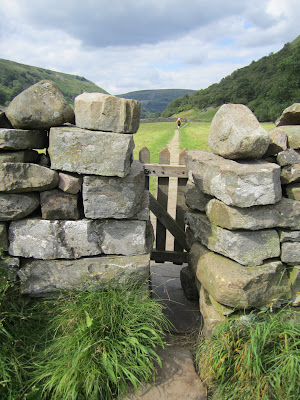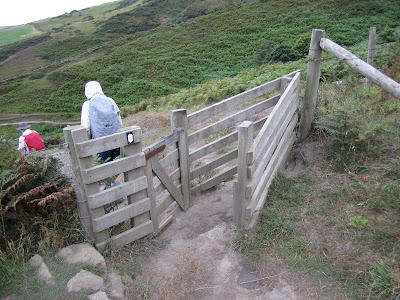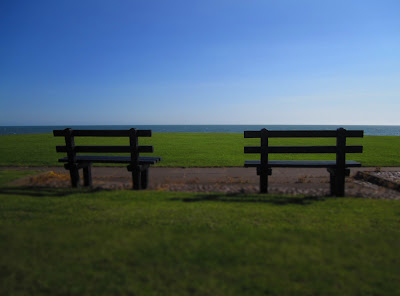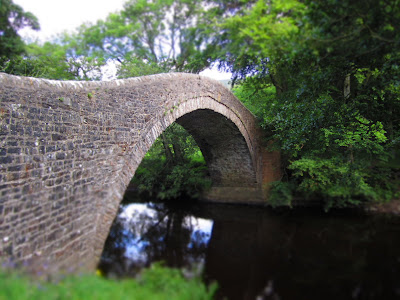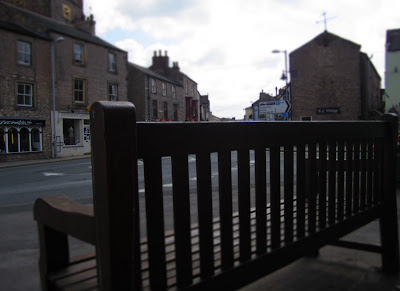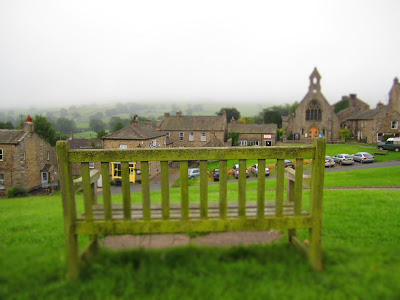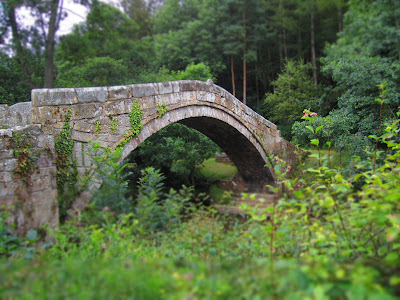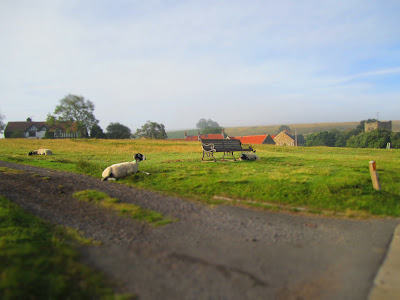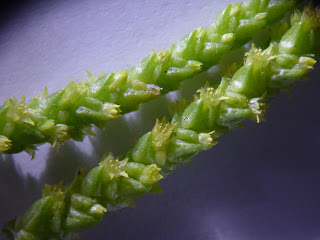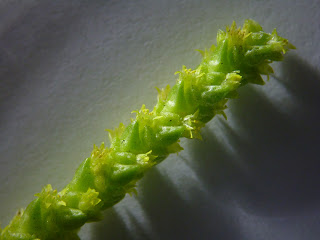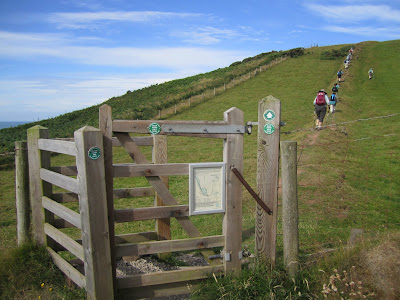
I’m still reviewing pictures from my recent Wainwright Coast to Coast walk and one thing I want to mention are the kissing gates and stiles. We passed through a lot of kissing gates, stiles, and gaps; a few are shown here. Why a kissing gate is called a kissing gate depends on who you ask. At johneckersley.wordpress.com a kissing gate is so called because “the gate merely ‘kisses’ (touches) the enclosure either side, rather than needing to be securely latched.” Okay, sounds reasonable. At the dating site kissinggates.com they invoke a legend to explain that “when the two are on either side of the gate, the person in front ‘refuses’ entry to the second person until presented with a kiss.” A little less reasonable in my mind, but it is a dating site. (No, we did not kiss when we went through the gate.)
The etymology of stile seems to be a little more straightforward. According to dictionary.com the origin is “before 900; Middle English; Old English stigel, derivative of stīgan to climb, cognate with German steigen.” (Yes, we climbed a lot using the stiles.)
In the event you cannot sleep with the meager information presented here, you can always consult the Gaps, gates and stile. Specification published by the British Standards Institute for something like £150.00.
To match days indicated in the captions with dates and the itinerary, see Wainwright Coast to Coast Walk – Overview.
Day 3: Stile, After Climbing Loft Beck Out of Black Sail Youth Hostel
Day 5: Stile, Near Shap Abbey
Day 6: Stile, East of Orton – Looking Down from the Top Step to Both Sides
Day 6: Gap, Outside of Orton Heading to Sunbiggin Tarn
Day 7: Passage, Under the Train Tracks - South of Kirby Stephen Rail Station
Day 7: Stile, Under the Train Tracks – South of Kirby Stephen Rail Station
Day 7: Gap, Along the River Swale Heading to Muker
Day 9: Stile, Leaving Mount Grace Priory and Heading to Osmotherly







